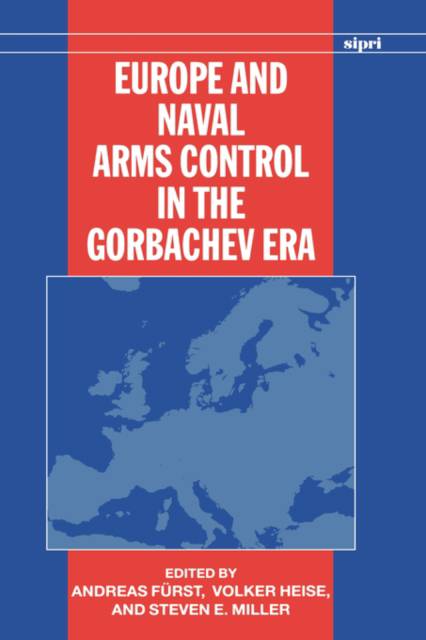
Bedankt voor het vertrouwen het afgelopen jaar! Om jou te bedanken bieden we GRATIS verzending (in België) aan op alles gedurende de hele maand januari.
- Afhalen na 1 uur in een winkel met voorraad
- In januari gratis thuislevering in België
- Ruim aanbod met 7 miljoen producten
Bedankt voor het vertrouwen het afgelopen jaar! Om jou te bedanken bieden we GRATIS verzending (in België) aan op alles gedurende de hele maand januari.
- Afhalen na 1 uur in een winkel met voorraad
- In januari gratis thuislevering in België
- Ruim aanbod met 7 miljoen producten
Zoeken
Europe and Naval Arms Control in the Gorbachev Era
€ 381,95
+ 763 punten
Omschrijving
For most of the Cold War naval arms control was the forgotten dimension of arms control. Beginning in the late 1980s, however, it has become increasingly prominent in the East-West dialogue. But it is usually studied from the perspective of Soviet-American relations. This book examines the subject from a European perspective. What role might naval arms control play in the European context? What impact might naval arms control have on the interests and perceptions of European states? What opportunities for and obstacles to naval arms control exist in Europe? The authors address these questions, describing the naval interests and attitudes towards naval arms control of European coastal states, as well as the Soviet Union and the United States, in the Norwegian, Baltic, and Mediterranean seas.
Specificaties
Betrokkenen
- Uitgeverij:
Inhoud
- Aantal bladzijden:
- 360
- Taal:
- Engels
- Reeks:
Eigenschappen
- Productcode (EAN):
- 9780198291527
- Verschijningsdatum:
- 11/02/1993
- Uitvoering:
- Hardcover
- Formaat:
- Genaaid
- Afmetingen:
- 156 mm x 234 mm
- Gewicht:
- 680 g

Alleen bij Standaard Boekhandel
+ 763 punten op je klantenkaart van Standaard Boekhandel
Beoordelingen
We publiceren alleen reviews die voldoen aan de voorwaarden voor reviews. Bekijk onze voorwaarden voor reviews.








